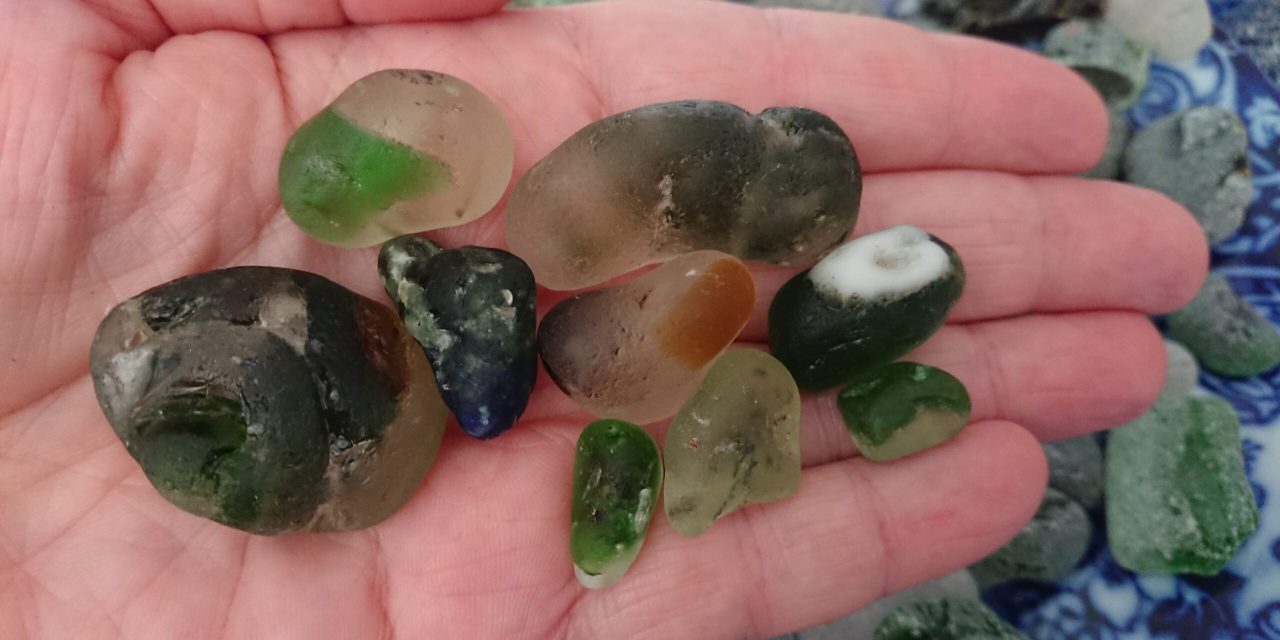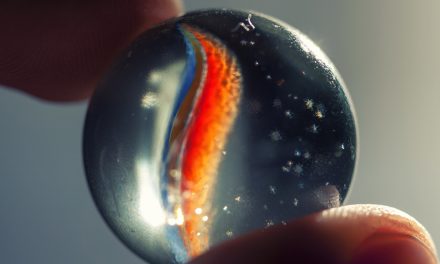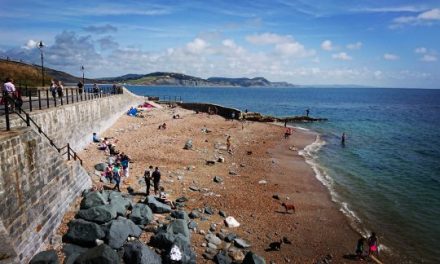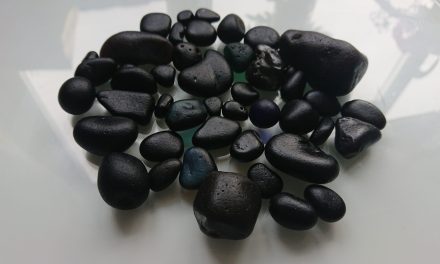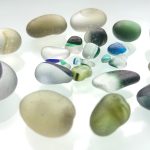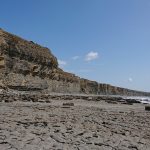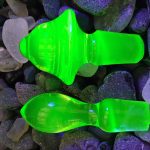Bonfire glass, or what is sometimes called campfire glass, is glass that has been heated so hot that it melts and loses its original shape, forming chunks of pitted glass. It comes in all shapes, colours, and sizes, just like regular sea glass. Bonfire Seaglass is glass that has been rolled around in the sea like regular sea glass, but it is not always smooth.

What to expect from our article
Landfill
Previously, before we had any sort of refuse or recycling service, trash was buried in what we now call landfill sites, which are spread across the country. Most landfill sites we would never even know about unless we researched where they were.
You may be surprised to learn that historical landfill sites are closer than you think, in places like parks, cemeteries, and even nature reserves. Any open space area local to you that has not been built on has probably been a historical landfill site. There is a park on my street; after doing a little research, I found out that it is an old landfill site. People didn’t think about pollution or saving the environment back then; they just knew they had rubbish and needed to dispose of it, and they didn’t pay any attention to where they put it.
Lots of these old landfill sites were on the edges of rivers and railway tracks, but many of them were coastal, which is why we tend to see a lot of pottery or glass at specific beaches. Back in the old days, landfill sites used to be set on fire, and the heat from these fires would melt any glass that was inside them, like glass bottles, glass jars, etc., thus creating the sea glass and bonfire glass that we find on the beaches today.
Other bonfire glass
It wasn’t just old rubbish dump sites that were the cause of bonfire glass though; bonfire glass can be created on the beach too, or in any fire for that matter; all it takes is someone to throw a glass bottle into a fire, heat it hot enough to melt the glass, and you have bonfire glass. Sometimes, if the fire weren’t quite hot enough, you could find an old bottle that has lost its shape; some even get flattened entirely. I quite like finding these quirky, out-of-shape items from historical landfill fires; I think it gives them a unique character all of their own.
Why do we find bonfire glass on the beach?
We find bonfire glass on the beach mainly because of coastal rubbish dumps; take Lyme Regis, for example. You can find lots of bonfire glass there. The old rubbish dump is just above the beach at Lyme, and when the cliffs erode in bad weather, the glass that was turned into bonfire glass in the dump spills onto the beach. I absolutely love finding bonfire glass, especially the pieces that have been there for many years, tumbled and tossed around in the sea, turning them into little frosted nuggets.
Bonfire glass impurities
While bonfire glass can be frosted like any other piece of sea glass, it doesn’t quite look like regular sea glass. Bonfire glass is usually pitted rather than smooth, and it usually has things melted into it like sand or ash, shells, stones, or even water droplets. Anything in the vicinity of the fire would be melted into the bonfire glass, trapping it in its very own glass tomb.
Bonfire sea glass is like regular sea glass; no two pieces are ever the same, but bonfire glass encapsulates its own uniqueness inside each piece, like a never-ending hug.

